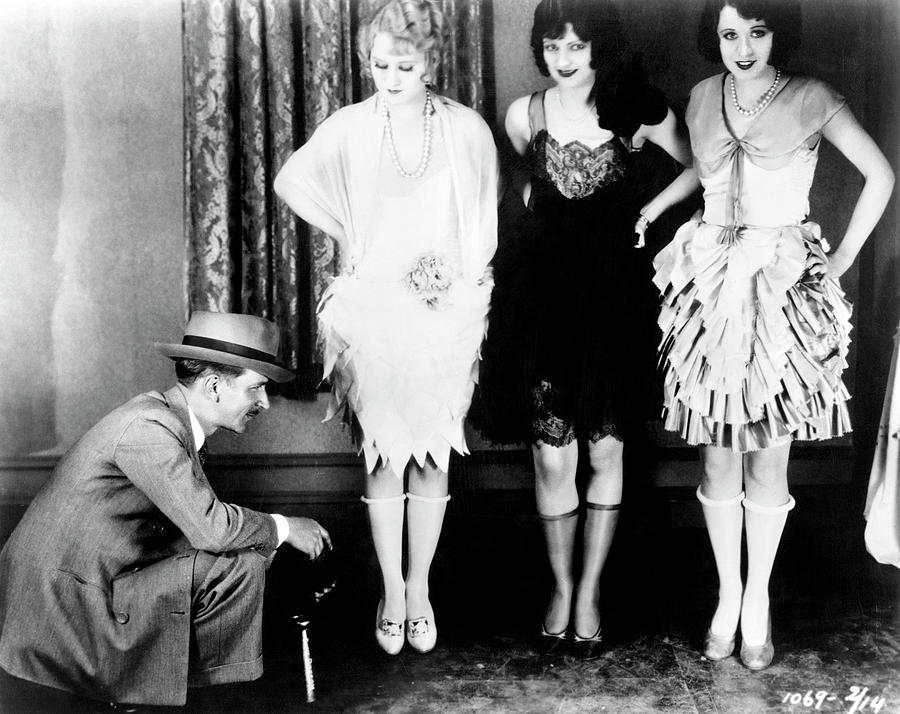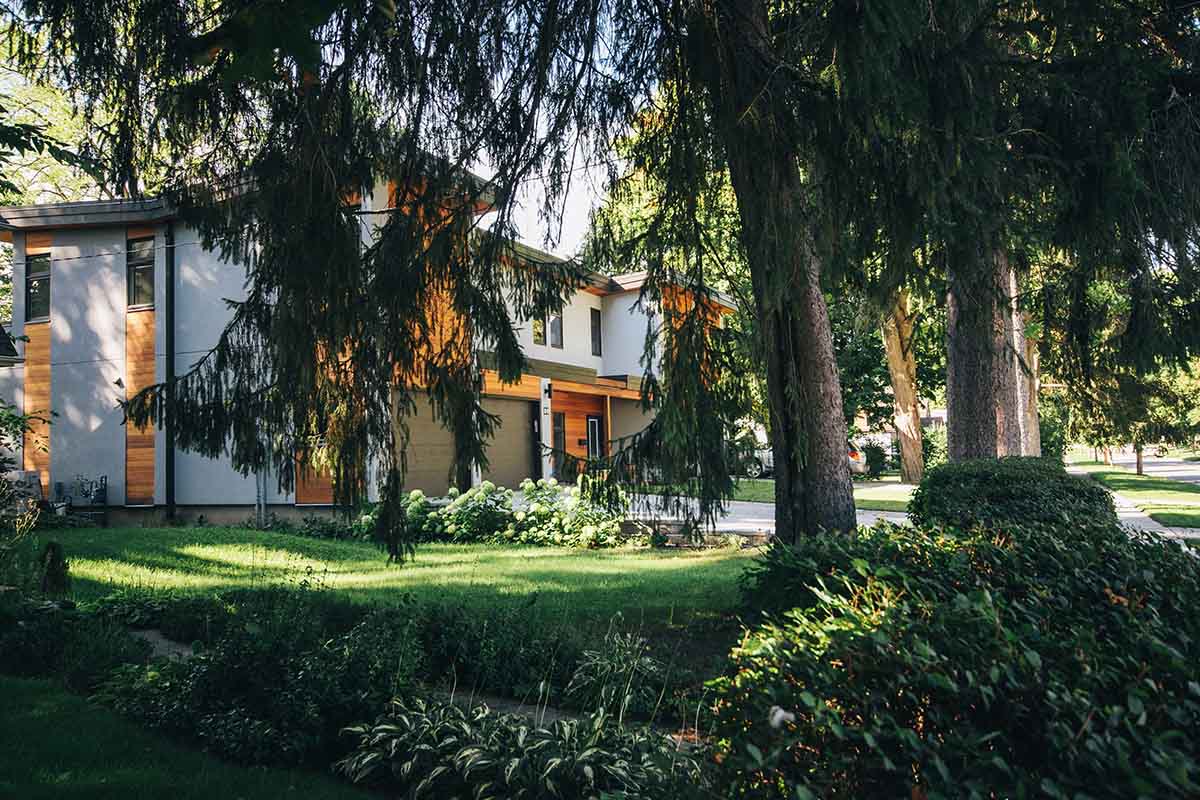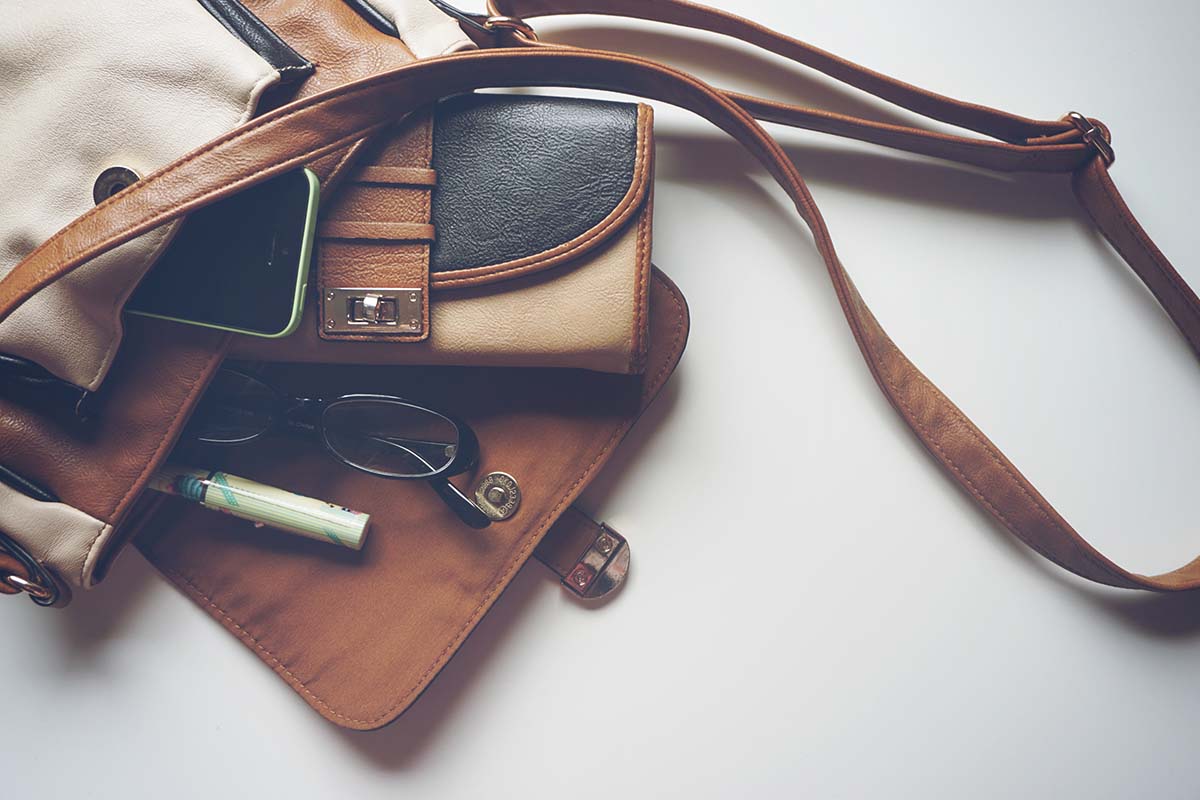1920s Pop Culture and Famous People in the 20s
How could anyone compare the 1920s to today?
Well, I wonder if somebody thought that automobile acceptance would never catch on.
But from automobile popularity to flappers spending days on top of a flagpole, 1920s pop culture a crazy mix of events and sports, economy and spectacles.
Let’s discover what set the main 1920s Trends, who were famous people in the 1920s, and what important things happened in the 1920s.
The American Symbol of Freedom – 1920s Automobiles
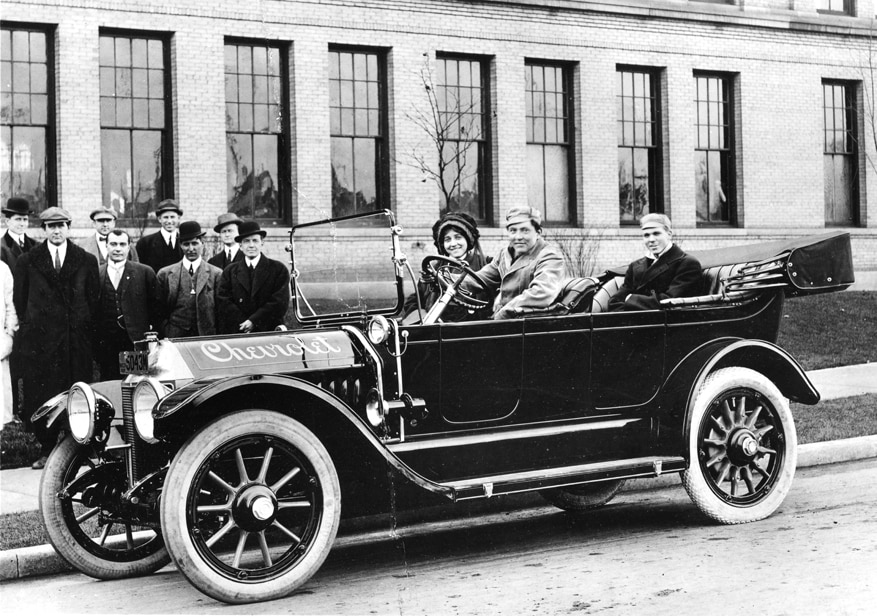
The 1920 cars heavily shaped the word of that time, though it never gets enough mention.
People couldn’t imagine they could go anywhere they want, whenever they wanted of course in a car as opposed to a horse.
The 1920 automobile played a great role in 1920s pop culture by offering people independence.
For instance, the Flaming Youth could leave the rural areas to the big city and back again. This made clubs full of lovers of jazz music.
The 1920s Soundtrack: Music & The Jazz Age, Famous People in the 1920s
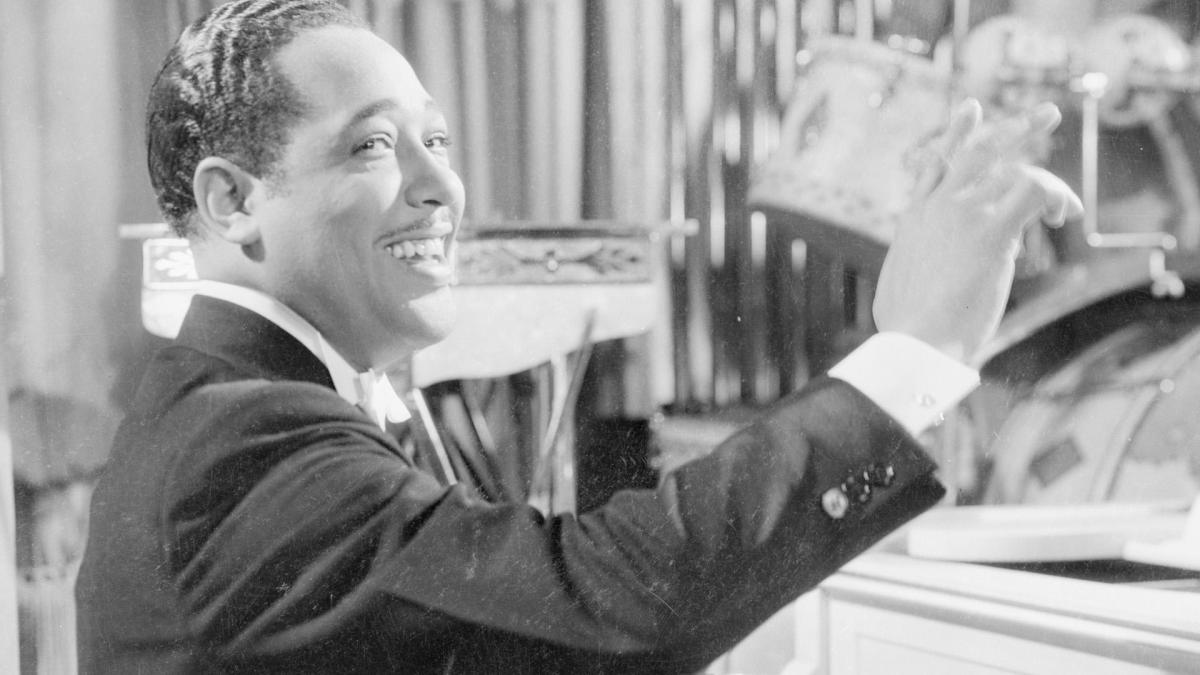
Talking about famous people in the 1920s, we cannot possibly separate the 1920s and the music that tore the air in those decades.
As jazz became the soundtrack of the era, it shaped the age and set the pace.
Later, it would become the theme song for flapper on rooftops, the soundtrack playing in the Steamboat down the Mississippi.
The 1920s are remembered for their musicians like Louis Armstrong, Duke Ellington, Bessie Smith, Ernest Hemingway, Scott Fitzgerald, and Bix Biederbeck who were famous for jazz.
Other musicians shaped jazz into what we have known it to be.
The Rise of the Criminal Celebrity: 1920s Crime, Bootleggers & Gangsters
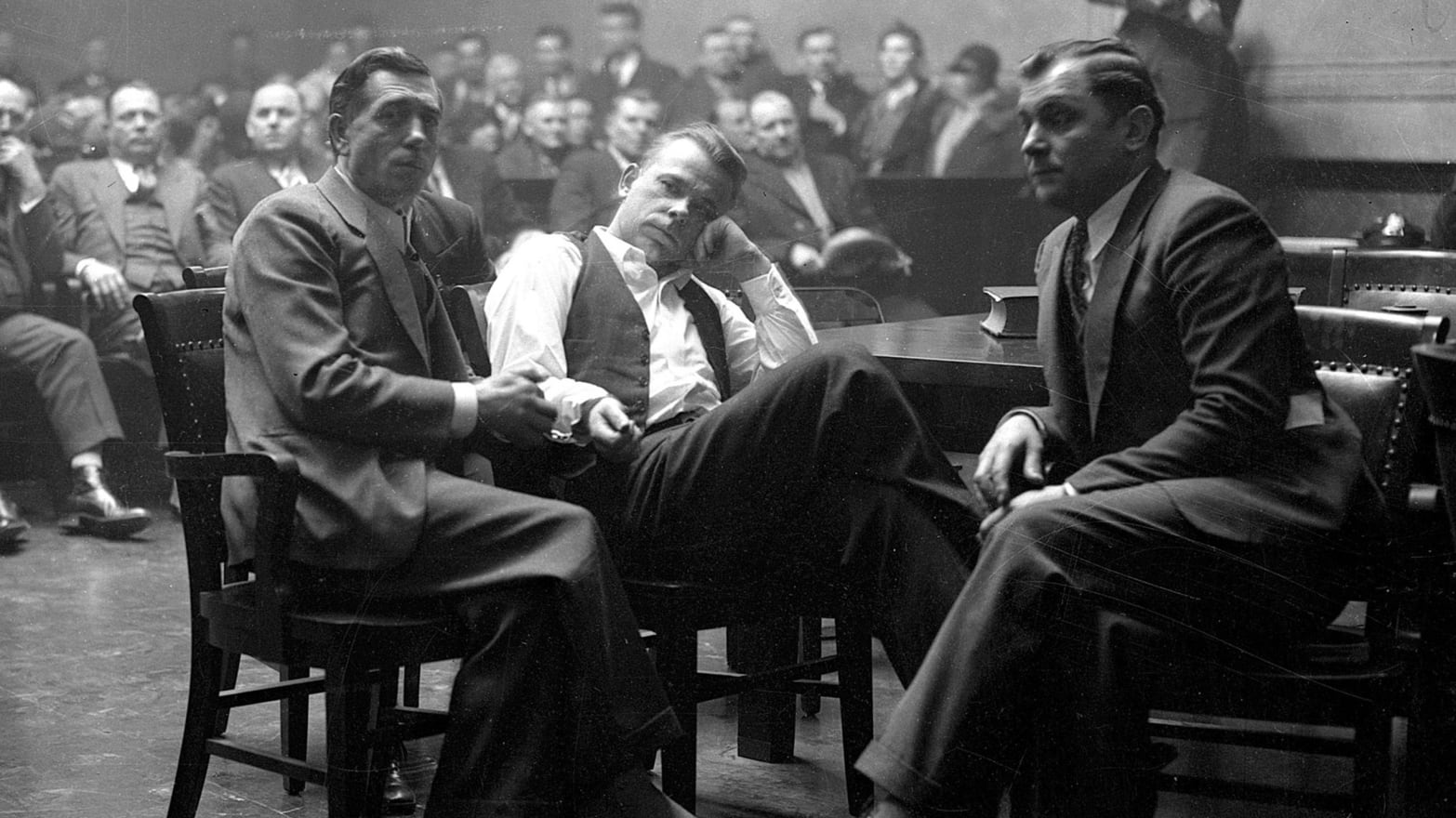
In 1919, the Prohibition law was signed and later took effect in 1920. It paved the way for bootleggers and gangster crime bosses who dominated the cities with their illegal booze, racketeering, prostitution, gambling, etc.
Al Capone put an underground iron fist in the city of Chicago, which supplied the southern side with booze and broads.
In 1920s pop culture, he turned the criminal lifestyle into something to be decorated and romanticized in the tabloids.
Also, Lucky Luciano was part of “The 5 Points Gang” together with Al Capone. He went onto be the boss of the Genovese crime family.
Then the AI Capone’s gang devised a plan to kill his rivals, Bugs Moran.
This led to one of the most significant moments in 1920s popular culture—the Saint Valentine’s Day massacre on February 14, 1929. While the Moran escaped death, his seven men were all murdered.
The Birth of The Silver Screen: 1920s Movies
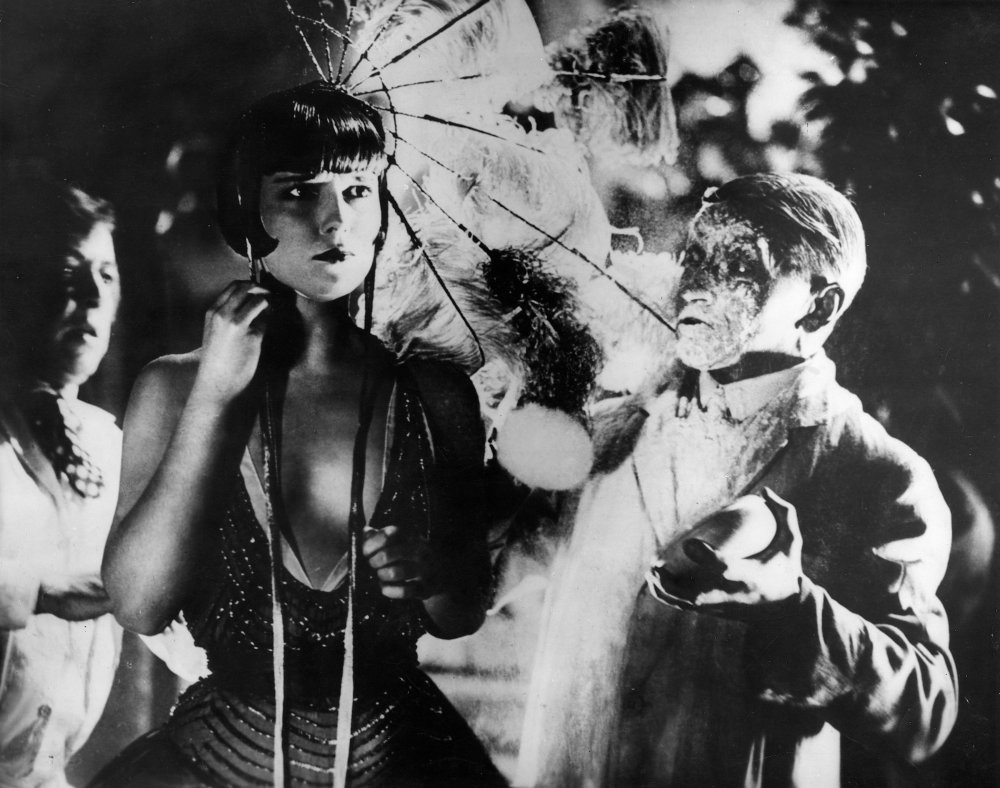
Only 2000 movies existed by 1920 across the US.
Later, Hollywood and New York would become the hubs for this new type of entertainment.
At the time, Warner Bros., Fox Film Corp, and Metro-Goldwyn Mayer were the most powerful production companies in the world.
They could employ the most beautiful and handsome actors who later turned into stars.
This meant that the 1920s were ushering in a fresh type of celebrity.
Hollywood sold sexuality to the marketplace
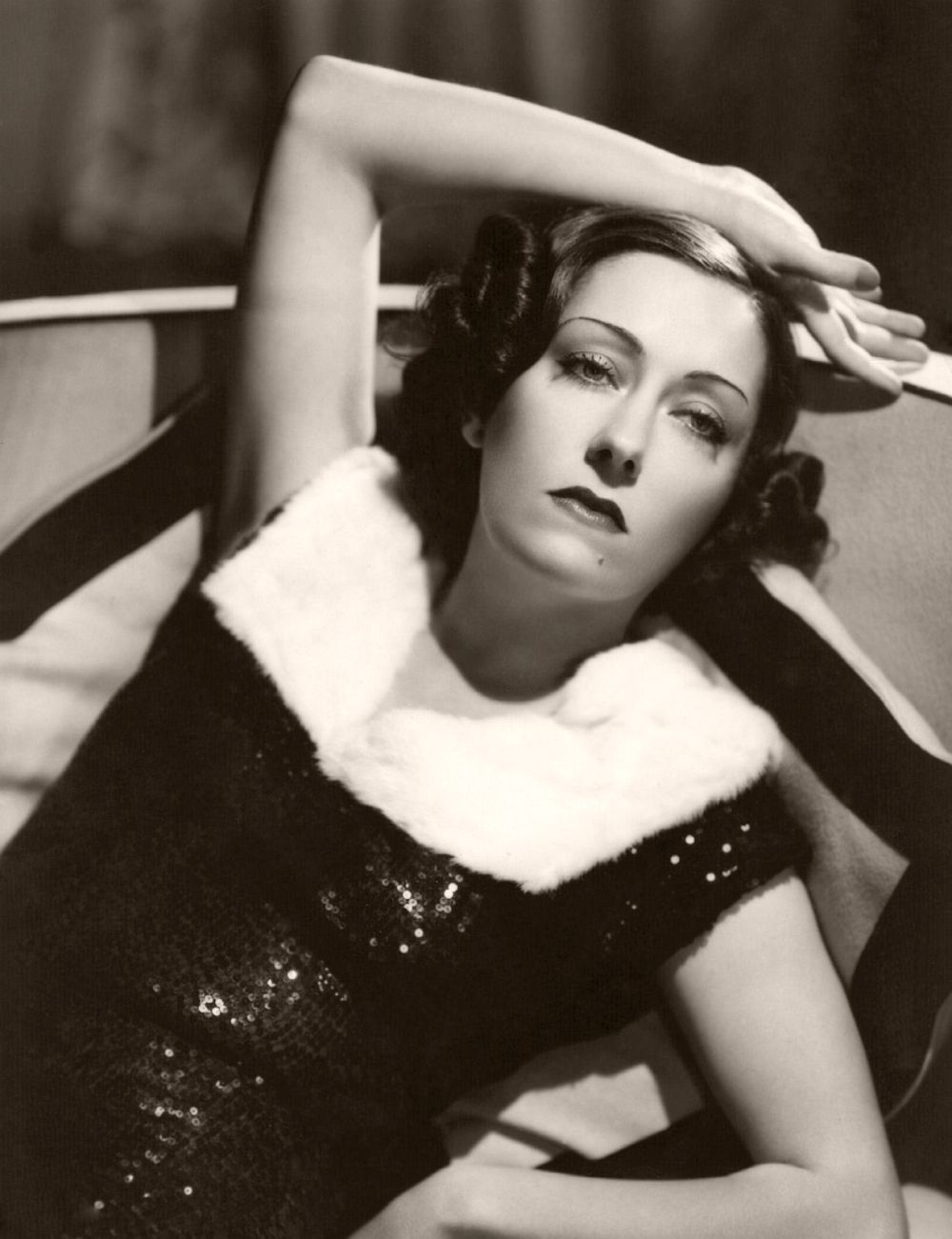
Among famous people in the 1920s, names such as Gloria Swanson, Mary Pickford, Clara Bow, Colleen Moore, Charlie Chaplin, Al Jolson, Louise Brooks, and Douglas Fairbanks Jr became household names.
The movies facilitated the appetite for beauty and fashion and sparked the entire cosmetic and fashion industries into gear.
Weird Stunts Involving Everything From Airplanes To Really Tall Poles
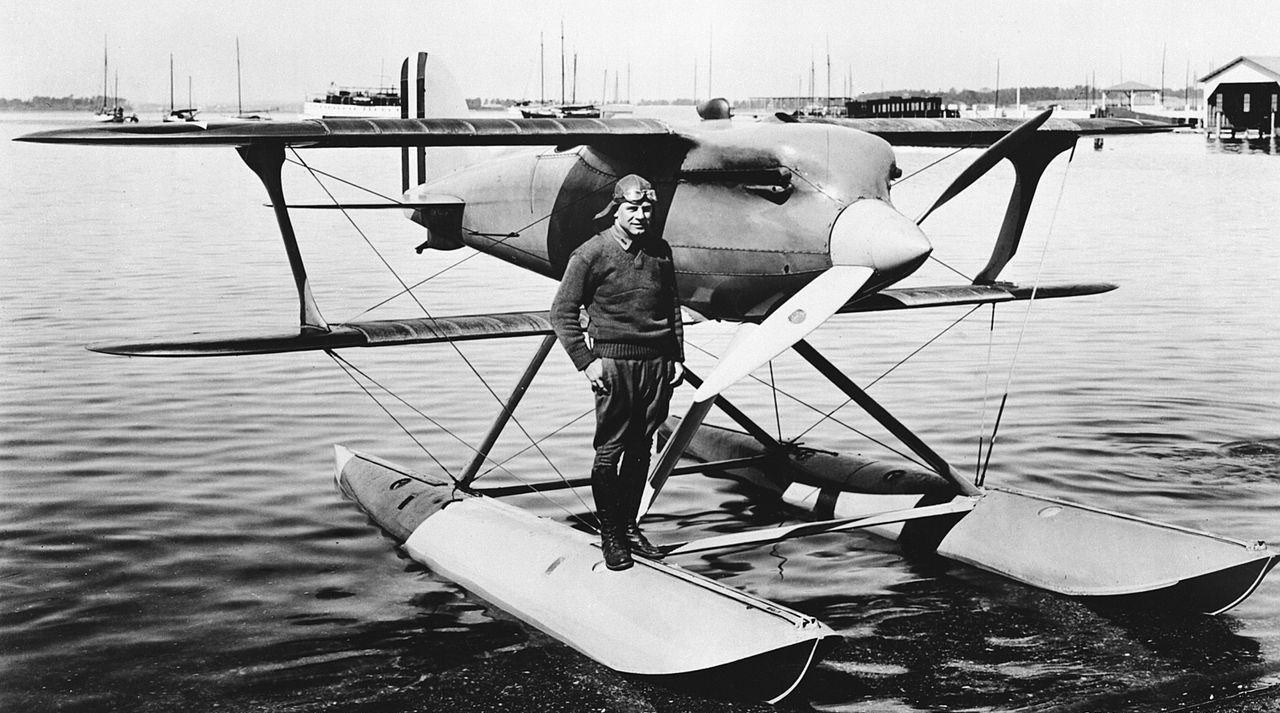
In the 1920s, people did all sorts of stuff to get news.
People would climb on a flagpole and sit there on a little platform for some time.
It may sound crazy especially with possible consequences like falling. This was really a risky endeavor.
Dance Marathons
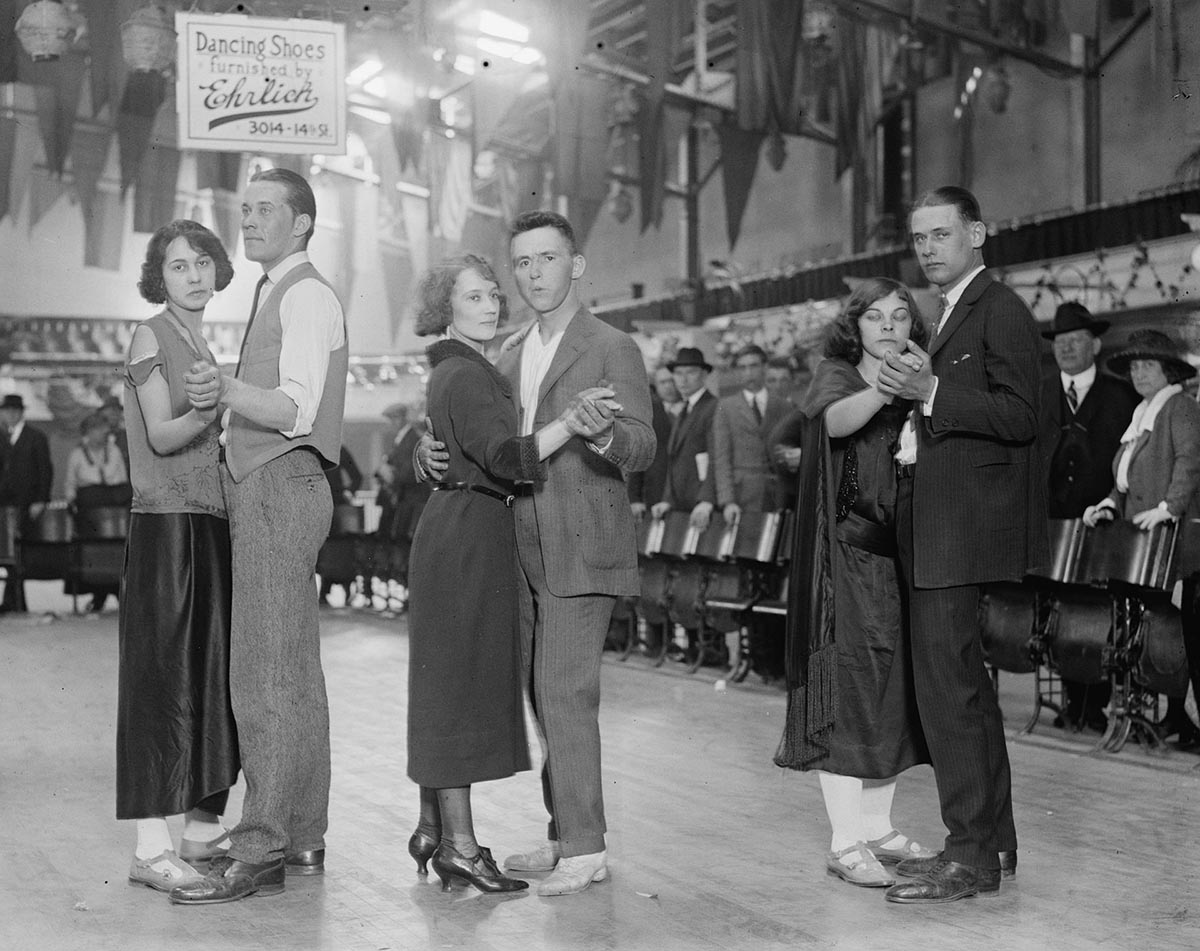
Funny dance moves characterized these times. People could dance until they fall.
The dance was a favorite for the youth of the time and was mainly covered by the media.
Things that happened in the 1920s- Barnstorming
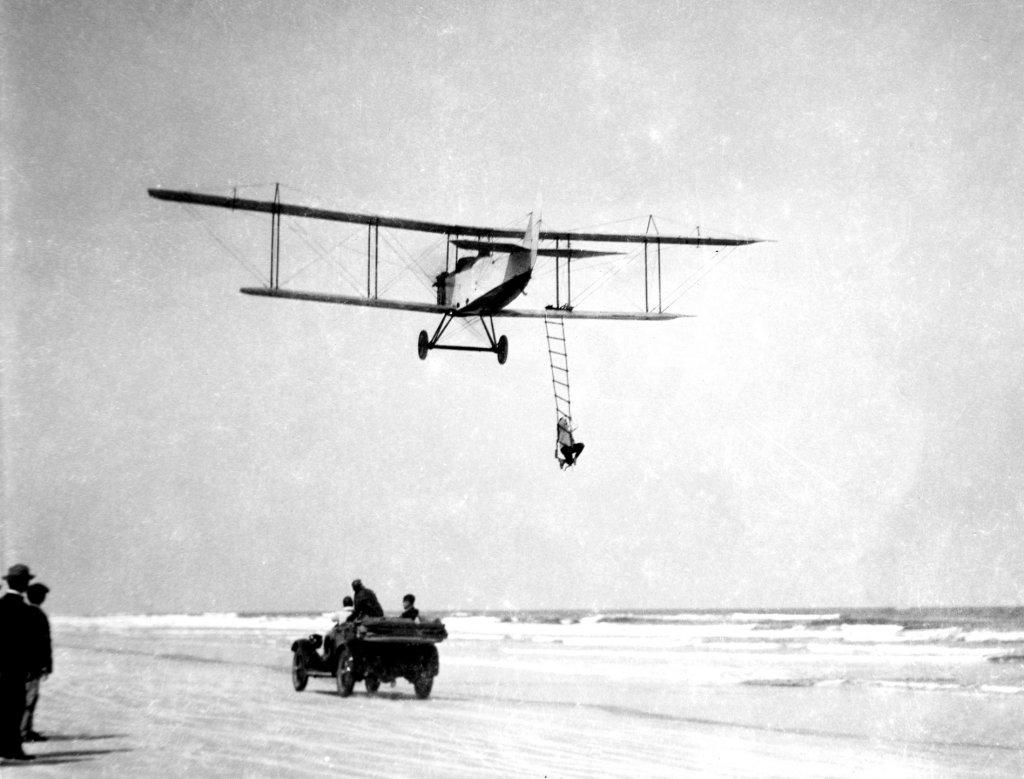
The daredevil Mabel Cody’s Flying Circus made the life-threatening feats of the 1920s a fair game.
These included chasing an airplane down in an automobile and grabbing pulling the rope to the plane’s wing, and hanging on while the airplane swerves in the air.
